Difference Between 1 MHz and 3 MHz Ultrasonic Machines: Choosing the Right Frequency for Healing.
Difference Between 1 MHz and 3 MHz Ultrasonic Machines: Choosing the Right Frequency for Healing. Selecting the Frequency to Heal with. 1 MHz vs 3 MHz ultrasound The treatment of ultrasound has proven to be a trusted, inexpensive, non-invasive tool in the physiotherapy and pain management field. Having devices that are set at particular frequencies such as 1 MHz and 3 MHz, knowledge of the right devices should spell out better treatment and quick recovery. So, in this blog, we will see the distinction between these two frequencies using simple words, that are close to us. Difference Between 1 MHz and 3 MHz Ultrasonic Machines: Choosing the Right Frequency for Healing. What is the Ultrasound Therapy? Ultrasound therapy is the use of non-electrical current sound waves to provide healing on the skin surface. These sound frequencies work through the skin into the body tissues and they cause the blood circulation to flow and alleviate pain, stiffness and inflammation. These waves are deep depending on the frequency of the waves measured in megahertz (MHz).
Understanding Ultrasound Therapy
Difference Between 1 MHz and 3 MHz Ultrasonic Machines: Choosing the Right Frequency for Healing.
Knowledge about the Ultrasound Therapy Ultrasound therapy operates to deliver high frequency noise in the human body through a probing hand-held scanner. Difference Between 1 MHz and 3 MHz Ultrasonic Machines: Choosing the Right Frequency for Healing. Difference Between 1 MHz and 3 MHz Ultrasonic Machines: Choosing the Right Frequency for Healing. These waves seep in the skin and cause deep tissue vibration that stimulates blood circulation, loosens the body, and increases healing activities. These frequencies are in the ranges to which we are insensible but they play with our tissues in tremendous ways .Ultrasound therapy will be carried out to a depth and intensity that mostly can be attributed to the frequency employed- located in megahertz (MHz).There 1 MHz and 3 MHz enter the picture.
What is 1 MHz Ultrasound?
Deep tissue treatment is best suited to use ultrasound in MHz (1 million cycles per second). This reduced frequency enables the sound waves to be exposed deep into the skin up to 5 cm (approximately 2 inches). Difference Between 1 MHz and 3 MHz Ultrasonic Machines: Choosing the Right Frequency for Healing. Due to this, it is commonly applied to treatment of: Body parts that have large muscles (such as thighs, shoulders or back)
- Deep joint injuries
- Chronic pain in tendons or ligaments
- Post-surgical tissue healing in deeper regions
Since 1 MHz penetrates deeper, it’s slower in generating surface heat. Difference Between 1 MHz and 3 MHz Ultrasonic Machines: Choosing the Right Frequency for Healing. It is good though when you want to access muscles or joints that are located under the tissue or fat. Examples Use cases: A 45-year-old sportsman with a long-lasting hamstring strain can use 1 MHz ultra-sound to send recovery waves into the deep muscle tissue without overheating the skin.
Uses of 3 MHz Ultrasound.
3 MHz = 3 million cycles per second.
This frequency targets surface-level tissues, penetrating only about 2.5 cm (approx. 1 inch) deep. It’s perfect for:
- Wrists, fingers, or neck
- Scar tissue The skin-adjacent tendons (e.g. tennis elbow) cosmetic surgery or face life. Difference Between 1 MHz and 3 MHz Ultrasonic Machines: Choosing the Right Frequency for Healing. Because it produces heat rapidly superficially it serves more efficiently to assist in opening tight tissues and enhancing blood circulation. Example: A physiotherapist can employ 3MHz to ease a patient who has applied too much strain level on his/her wrist.
The major Differences in a Nutshell
| Feature | 1 MHz Ultrasound | 3 MHz Ultrasound |
| Penetration Depth | Up to 5 cm (deeper tissues) | Up to 2.5 cm (surface tissues) |
| Best For | Larger muscles, deep joints | Tendons, superficial tissues |
| Heat Generation | Slower, deeper | Faster, surface level |
| Common Uses | Back pain, shoulder injuries | Wrist, neck, facial therapy |
| Duration of Effect | Longer-lasting due to depth | Quick relief for surface pain |
🤔 Which One Should You Use?
The right choice depends on your specific injury:
✅ Use 1 MHz for:
- Deeper aches and strains
- Joint or muscle tissue healing
- Treating conditions under fatty or thick layers
✅ Use 3 MHz for:
- Tendonitis or wrist pain
- Surface injuries or scars
- Cosmetic applications or facial applications In many cases, a therapist can start by using 3 MHz of the inflammation, and go over to 1 MHz as you get healing to a deeper level.
🧘 Healing Is Personal
Difference Between 1 MHz and 3 MHz Ultrasonic Machines: Choosing the Right Frequency for Healing. Ultrasound therapy is not a buzzword but a combination between technology and care. Hurt neck, sore back, painful knee, the machines can touch it with the power of 1 MHz going deep into the hurt muscle and healing it with high-intensity noninvasive methods. As a patient knowing the difference will enable you to know the right questions to ask and participate in your treatment. Difference Between 1 MHz and 3 MHz Ultrasonic Machines: Choosing the Right Frequency for Healing. As a care giver or practitioner, it is only fair that an understanding of which frequency applies in which situation and at which time guarantees the results. Ultrasound therapy is not meant to fit all. The frequency of recovery can be more effective, gentle, and less prolonged. As a therapist, a care giver, or the person staying at home and handling an injury, you are well advised to know this difference so that you can make informed healing decisions. Curtain Call AfterWorld War II, the end of World War I and the culmination of the first dogfight with a German airplane, American ace Billie Collins, told a reporter that the whole situation felt like a dream: YES, said Collins, who had led the first dogfight with a German airplane, and then added pointedly, IT SEEMED LIKE A DREAM. Difference Between 1 MHz and 3 MHz Ultrasonic Machines: Choosing the Right Frequency for Healing. Technology is strong, and knowledge is a strong power. 1 MHz and 3 MHz can be a difference that does not seem too big, yet when it is in therapy, the appropriate frequency will result in the appropriate frequency.
Have a questions? Call to us!
Mobile: (+91) – 987-180-4970,
Mail: contact@snapshophub.com

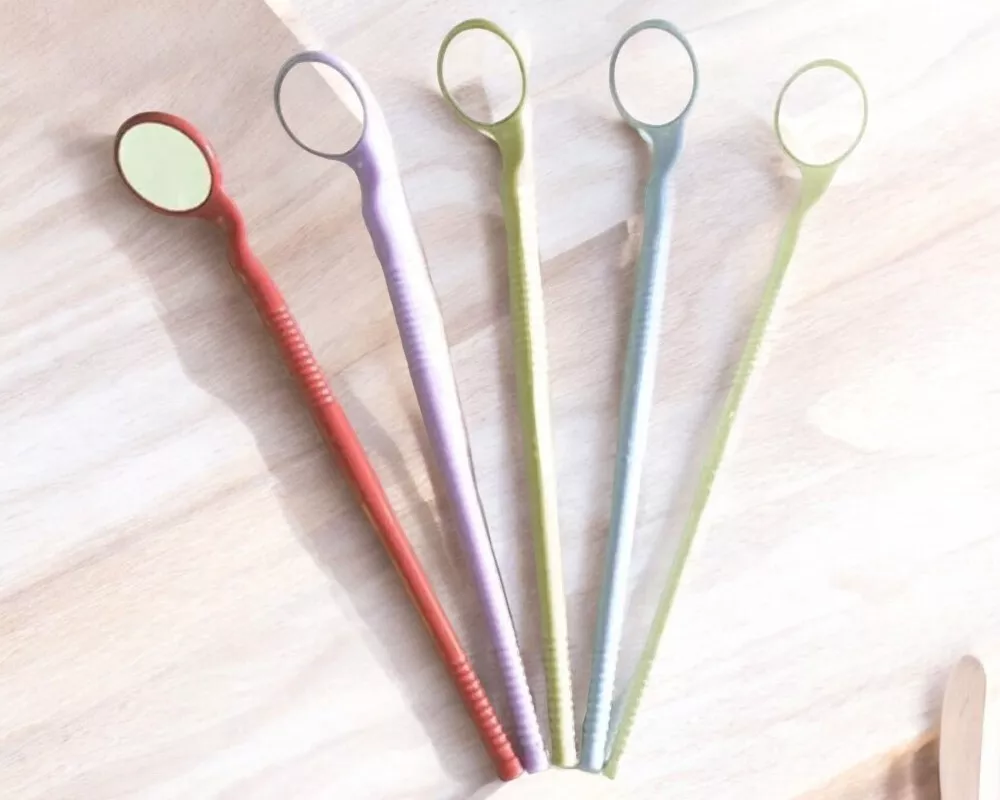
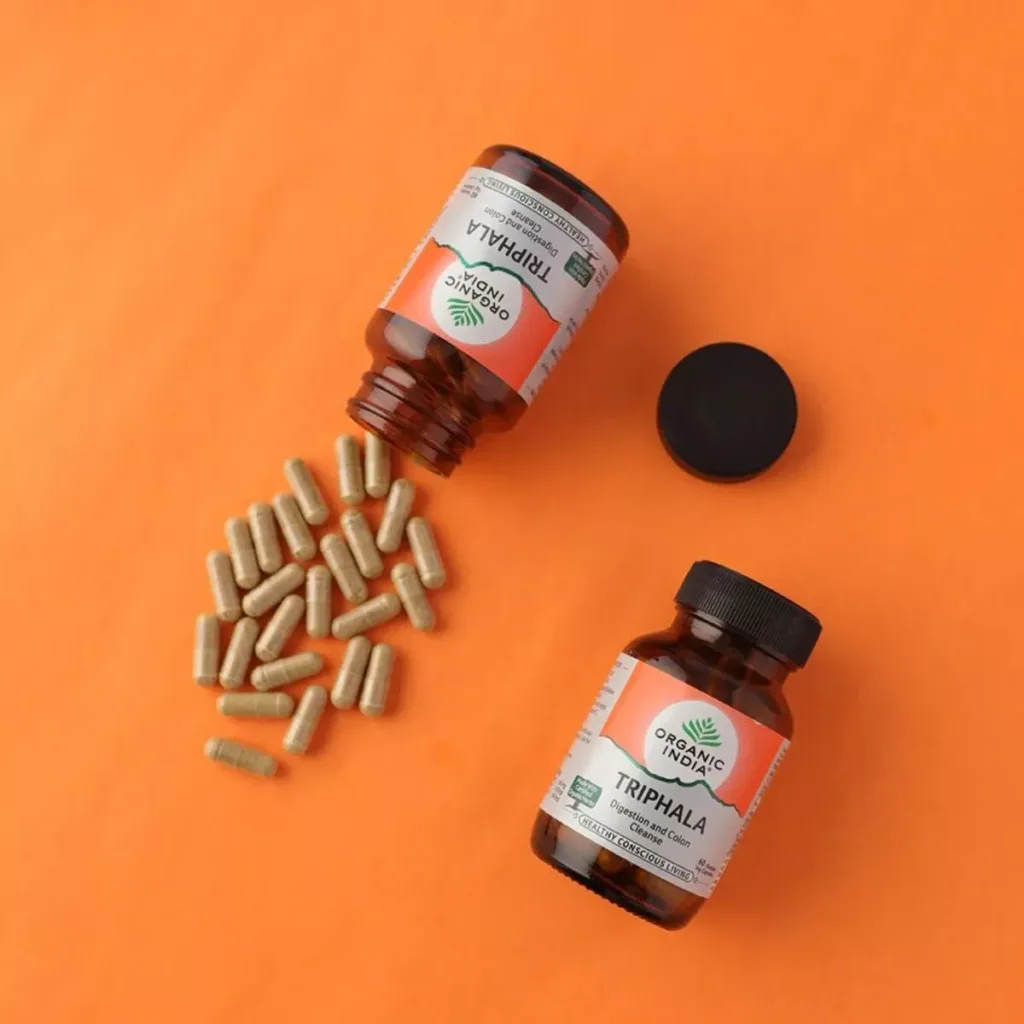
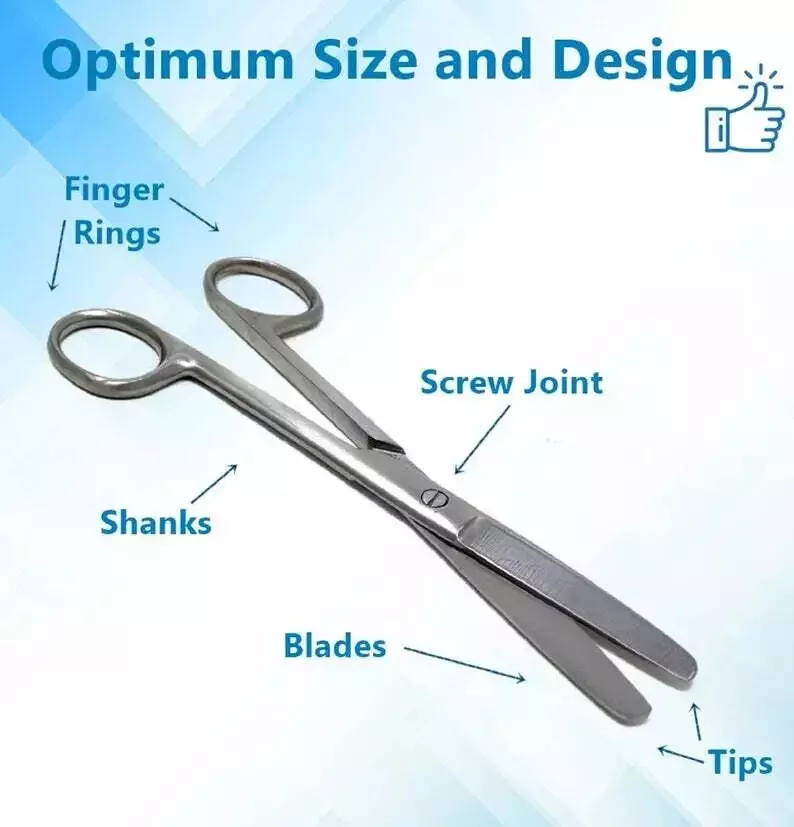

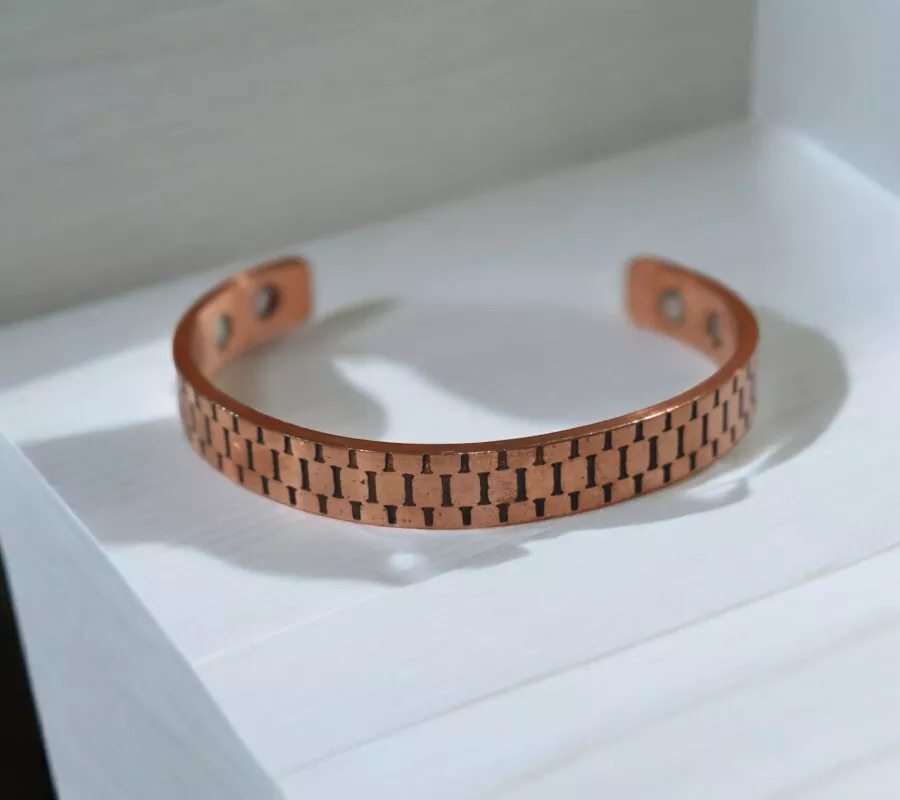
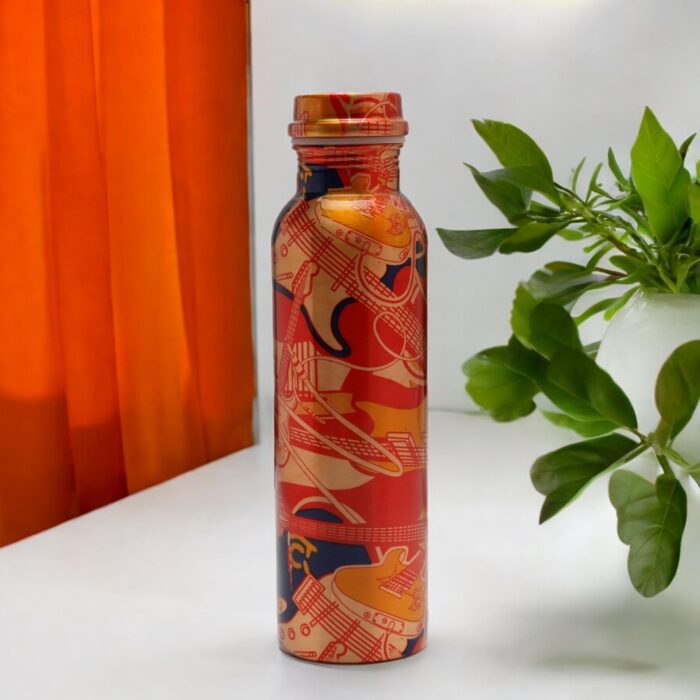
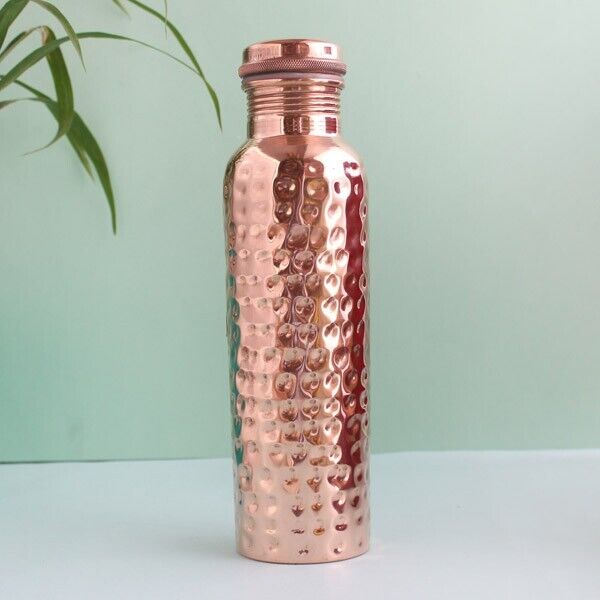

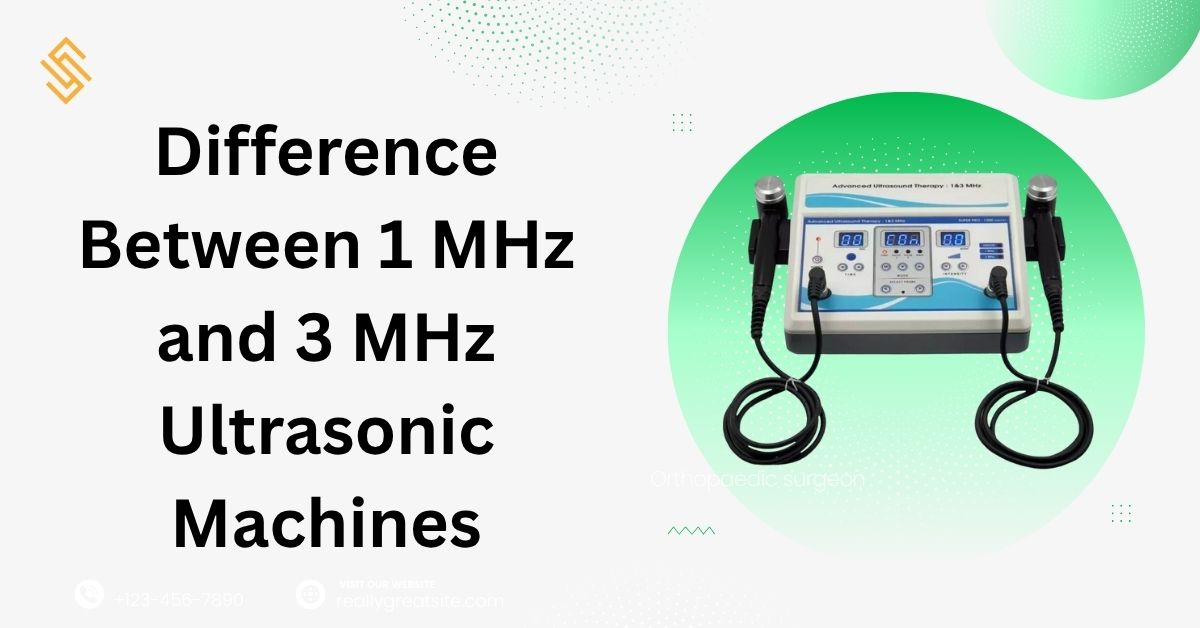


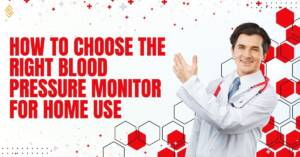
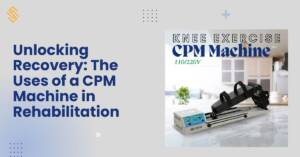

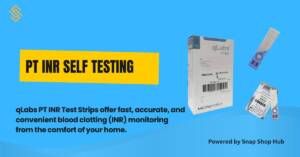
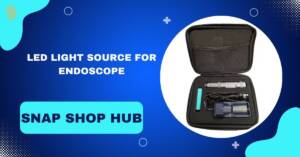

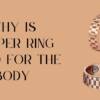
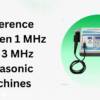

Add comment